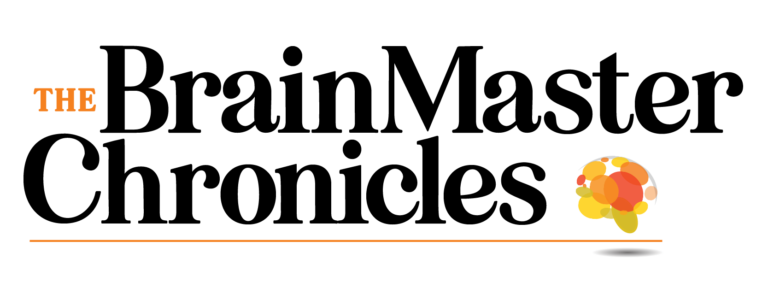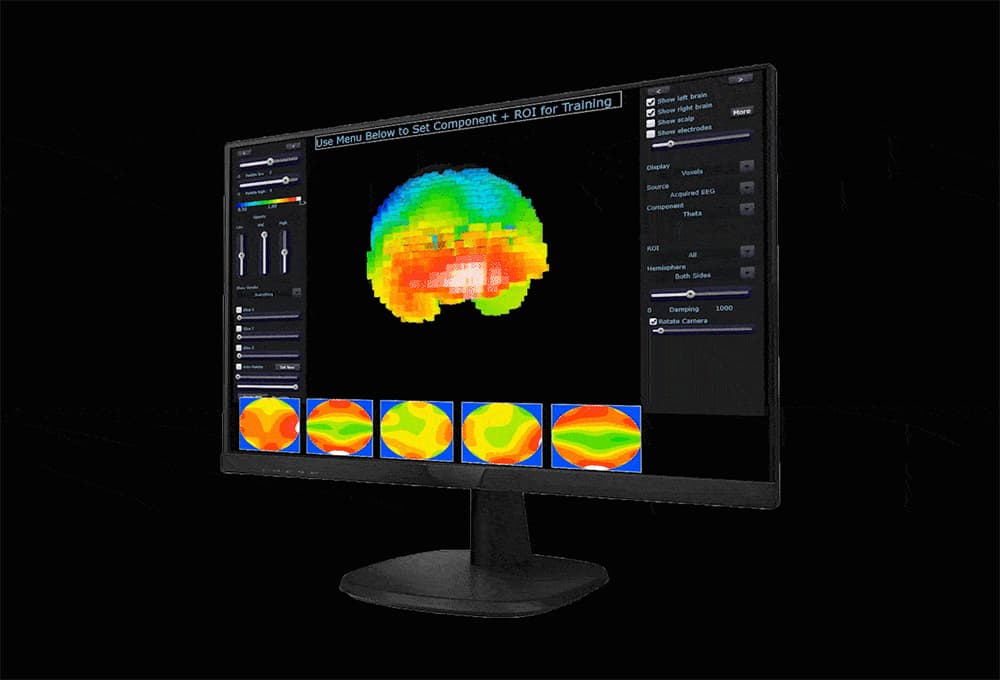

The Cycle of Addiction
“Addictions… started out like magical pets, pocket monsters. . .
Eventually, they were making your most crucial life decisions.
And they were… less intelligent than goldfish.”
— William Gibson
One of the most pervasive and difficult conditions faced in the field of mental health is addiction. Addiction is a behavioral disorder that includes physical and emotional factors. It produces a repetitive and maladaptive pattern of use, repercussions, and fallout. Addiction affects not only the addict but also family, friends, co-workers, and others. To complicate matters, addicts typically do not seek treatment, or even recognize their condition until the situation becomes so bad it cannot continue without critical — or even fatal — consequences.
The spiral of addiction is a self-reinforcing process that leads to a repetitive cascade of cravings, use, shame, denial, and relapse. Each of these stages has its own set of thoughts, feelings, and behaviors that contribute to a continuing cycle. As a repetitive and locked pattern, addiction can be conceptualized as a crystallization of thought and behavior, so that successive repetitions are as certain as the repeating atoms in a physical crystal. To overcome this condition, the crystal must be broken. — that requires time, energy, and the use of information to recalibrate the system.
The physical components of addiction create barriers to cognitive and behavioral interventions that do not address underlying dysregulation. Individual and group therapy may take considerable time to have benefits. Gains are often lost when the addict stops treatment and returns to established patterns. Interventions that directly or indirectly address these aspects have a high likelihood of success.
Recovery requires a phased approach. There is no single step that can restore healthy functioning in the addicted brain.
THE FIRST STAGE, which may include hitting bottom, is the deepening of awareness and the acceptance of the addicted condition. Initial steps in a focused recovery program can include group and individual work, targeted at opening the client’s mind to the reality of their cycle of repeated maladaptive behavior. Breaking through chronic denial can be the most difficult part of this process. As one of my mentors once put it, “They have to be able to say ‘woe is me.’ Until they can say ‘woe is me,’ there is no chance for recovery.”
Penniston and Kulkowski conducted and published the first studies using biofeedback and neurofeedback in the treatment of addiction. Their protocol utilized cognitive therapy, which included imagery, hand-warming biofeedback, and alpha/theta training that produced a hypnogogic state. ( See Callaway Below). During these sessions, the client’s amygdala (the seat of fear) would go offline, allowing the brain to create new patterns that fostered abstinent thoughts and behaviors, leading to the path to sobriety.
Contemporary alpha/theta neurofeedback sessions may or may not include the ancillary methods used by Penniston, but retain the emphasis on crossovers, which occur when the dominant alpha rhythm fades and is replaced by the background theta. Generally, both alpha and theta are rewarded with sound feedback, while delta and high beta are inhibited. However, these are not hard and fast rules. Effective alpha/theta protocols may actually downtrain alpha, to hasten this crossover.
THE SECOND STAGE of recovery involves the establishment and reinforcement of positive thoughts, feelings, and behaviors. Like the earlier phases, this cannot occur suddenly, but requires relearning and reinforcement of new patterns. Neurofeedback can again be applied in a treatment plan, but in a different manner. In the restoration of effective brain function, protocols that reinforce healthy rhythms and connectivity can be applied. Simple approaches can include downtraining of excess theta, reinforcement of sensorimotor rhythms (SMR), and live Z-score (LZT) training.
Neurofeedback is a form of self-regulation training that involves the activation/relaxation cycle and does not directly diagnose or treat any disorders. Neurofeedback can, nonetheless, address the anxiety, impulsivity, reactivity, and discomfort associated with an addictive state of dysregulation. These are associated with excess fast (beta) and slow (theta) activity, and a lack of the healthy relaxation rhythm (alpha) that is necessary for self-stabilization. Alternatively, clients who experience depression, low energy, and depressive thoughts suffer from an under-aroused state, which can also be managed using neurofeedback as an assistive intervention. In terms of restoring strong normal brain function, neurofeedback can be associated with improvements in focus and concentration, stabilization of mood, and restoration of motivation and energy. When combined with a comprehensive plan including an integrative or functional medical assessment, diet, exercise, and personal improvement strategies, neurofeedback helps the brain and nervous system to achieve stable and maintainable patterns, which reduce cravings and the tendency for negative thoughts and feelings.
BIOFEEDBACK METHODS can be added to neurofeedback, including protocols such as hand-warming — as was used by Penniston — heart-rate variability, skin conductance feedback, or electromyographic (EMG) relaxation training. By addressing the body as well as the brain, a whole-client approach is possible. Additional steps include checking on sleep habits, video games, junk foods, and other contributions to suboptimal behaviors.
In a very exciting new study, a group from New Zealand showed significant benefits using a new form of neurofeedback: Infra-Slow Fluctuations (ISF). They completed a double-blind study showing that sLORETA-based ISF training of the cingulate gyrus produced electrophysiological changes associated with reduced food craving.
More detail about addiction, neurofeedback, and biofeedback
can be found in these studies and papers. ▼
There is much promise, much achievement, and much more to do in helping recovering addicts using neurofeedback and associated methods.
To learn more about neurofeedback and its uses, refer to www.stresstherapysolutions.com a provider of education and training in EEG, QEEG, and neurofeedback.
TOM COLLURA
“Rock bottom became the solid foundation
on which I rebuilt my life.”
— J.K. Rowling


